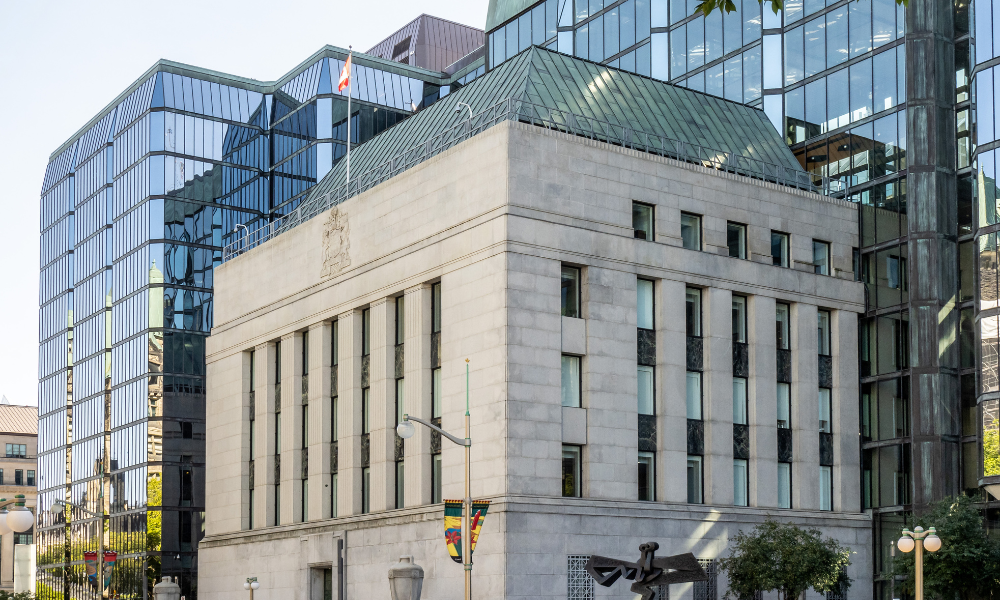VP and portfolio manager breaks down how a lower than expected CPI print impacts the outlook for cuts

Yesterday, Statistics Canada released the Canadian consumer price index (CPI) for January and the numbers were positive pretty much any way you slice them. Headline year-over-year CPI fell to 2.9 per cent, closer to the Bank of Canada’s 2 per cent target and below the psychological threshold of 3 per cent. CPI has been effectively flat since August and while in past months it has not come down as fast as some wanted or expected, we are now seeing a more sustained drop.
Grant Connor thinks that the January numbers might revise investors’ outlooks for a BoC cut. The VP and portfolio manager for fixed income at CI Global Asset Management explained that the flat CPI numbers we’ve seen since August should bring inflation back into the BoC’s target over the next few months provided they hold steady. As we get more positive CPI prints, he believes that investors can begin to expect some movement towards interest rate cuts.
“If this trend continued you could get back to a 2 per cent inflation target very quickly, say spring of this year,” Connor says. “That gives [the Bank of Canada] a lot of headroom to start cutting rates and saying the job is done. Markets are anticipating that’s going to be in the summer, but maybe that first cut comes in Spring. March is probably too early because they’re not going to get another inflation print before their meeting, but if they get a flat print again for February, April could very much be a live meeting.
“I’m not sure the markets are treating [April] as a live meeting, but I think it’s going to move in that direction if we see flat CPI again on a month-over-month basis. You might see the Bank of Canada cutting as early as spring.”
Looking at underlying numbers since August, it’s the broadly mixed nature of CPI’s fall that inspires Connor’s optimism. He notes that we’ve seen various categories slow at different points, painting a broader picture of consumers picking and choosing what they will spend on. Those include grocery prices, shelter inflation, or services.
While some analysts have predicted that the BoC won’t cut before the US Federal Reserve does, Connor sees a growing divergence between US and Canadian inflation. He notes that services inflation in Canada is dropping while US services inflation has remained strong. There is a similar gap between goods inflation on both sides of the border. Of course the US remains a key factor in any Canadian monetary policy decision, but the differing directions of the two economies is — to Connor — enough reason to think the BoC may cut before the Fed does.
Fixed income markets have already begun to price in that outlook. In the wake of the CPI print, Connor noted a steepening of the Canadian bond yield curve, which generally occurs as investor sentiment coalesces around rate cuts coming sooner. He thinks that in this environment fixed income looks attractive, both from a yield standpoint and in the face of a potential rally when cuts do come. Longer-end bonds, he says, show more promise now as they’ll likely see the most significant rally in the event of a cut.
Read more: What did the BoC's January announcement tell us about future cuts? | Wealth Professional
There are still risks to this more positive trend on inflation. Connor notes the example of the US in the ‘60s and ‘70s when it appears a soft landing had come, rates were cut, and inflation spiked back up. The BoC, he says, is cognizant that they don’t want a cut to reignite inflation. However, his fundamental view of inflation now is a view of the Canadian consumer and that is potentially where advisors may be wanting to look to determine their own outlooks.
“It’s a demand issue. Do Canadians have the spending power to drive inflation back up? If you don’t think they do you could cut in the spring and inflation will get back to target,” Connor says. “If you’re worried about it then you might delay longer.”



